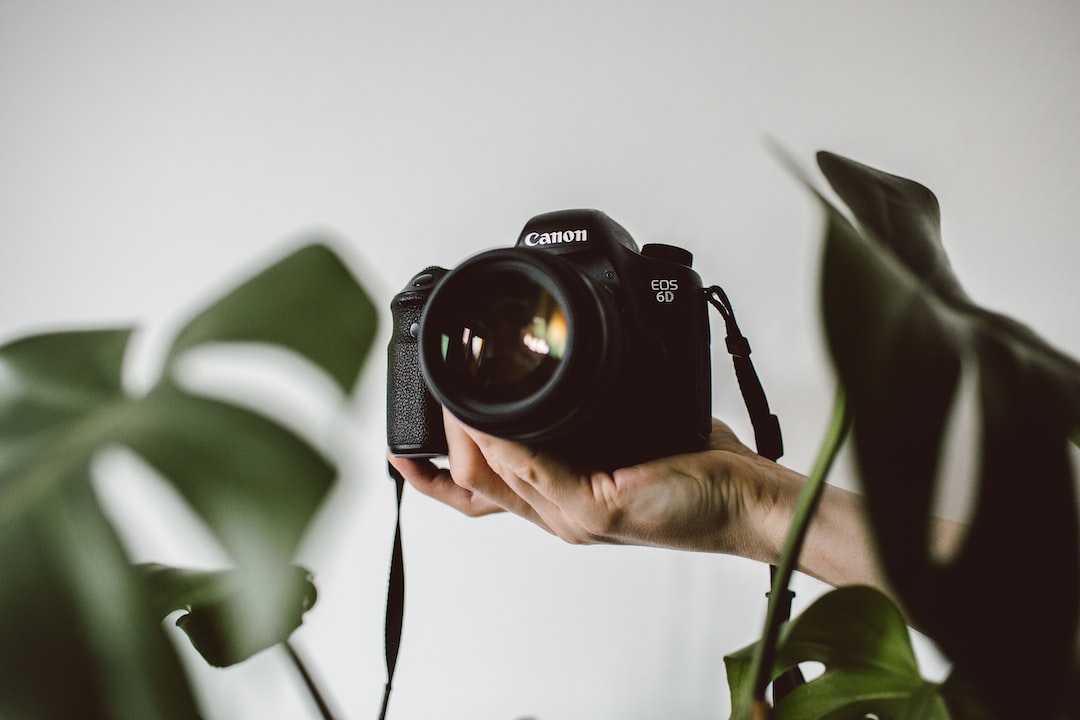An introductory guide familiarizes you with the controls of your digital camera in a manner that even those new to photography can comprehend. Understanding the importance of composition and appreciating beautiful lighting is just as crucial for creative photographers and hobbyists like Zoe Reardon as knowing which buttons to press.
The first photography basics concept to understand is exposure.
Contents
Aperture
The aperture is one of the most important settings to understand and adjust when shooting. It controls how much of your photograph is in focus, which can help create a specific look or feel to your photos.
Apertures are measured in f/stops, and lower f/stops mean a larger aperture which allows more light to pass through the lens. Higher f/stops mean smaller apertures which let less light through.
This can be unclear for beginner photographers because the numbers are counterintuitive to logical math thinking, but it will become second nature with practice.
Shutter Speed
Shutter speed is the length of time that the shutter stays open to record an image. This setting is important because it controls how fast or slow a movement can be captured and can create interesting effects like motion blur.
A camera’s shutter speed is usually displayed as whole numbers (1/2, for example, means half a second, and 1/250 is one-two-hundred-fiftyth of a second). Increasing or decreasing the shutter speed by a single step is called an exposure stop, and doubling or halving the shutter speed will alter the overall brightness of an image.
ISO
Mastering the ISO setting is essential for capturing photos in any environment. One of the three pillars of the exposure triangle, along with shutter speed and aperture, determines how dark or bright your photographs will be.
Increasing your camera’s ISO setting can improve its ability to capture images in low-lighting conditions by making its sensor more light-sensitive. However, this may also result in image noise appearing in your photos. The term ISO was originally used to describe a film’s sensitivity to light, but it now refers to both digital camera sensors and optical disk image file formats. Despite this shift in meaning, the acronym still stands for the International Organization for Standardization.
Exposure Triangle
The three key elements of your camera’s exposure triangle are aperture, shutter speed, and ISO sensitivity. Each has its unique role in bringing your vision to life. For example, using a wider aperture (a lower f-stop number) creates a shallow depth of field which is great for isolating subjects and creating a beautiful background blur.
Understanding the exposure triangle empowers you to make informed decisions and achieve desired results in any lighting condition. Increasing or decreasing one of the three settings will require you to adjust the other two to maintain proper exposure.
Depth of Field
Learning how to adjust the depth of field will open up new possibilities for your photography. It will allow you to increase the sharpness of your images and toggle between deep and shallow focus.
Several factors, including aperture, lens focal length, and subject distance, influence the depth of field. You can close down the aperture or move closer to your subject to achieve a shallower DOF. Conversely, you can widen the aperture or move farther away from your subject to achieve a greater DOF.
Manual Focus or Autofocus
Autofocus is a great tool for shooting photos, but manual focus can be important too. When the automatic focusing system fails, or if you are trying to take pictures of something blocked by an obstacle (like an animal in front of a glass enclosure at a zoo), manually adjusting the lens to focus can save the day.
Also, the manual focus mode is ideal for fast-moving subjects like running, flying animals, or cars. The autofocus can hunt for focus and sometimes miss the mark, whereas manually focusing, you can prefocus on the spot you know your subject will move through and then snap away!
Hyperfocal Distance
The hyperfocal distance refers to the point at which everything in your scene, from a foreground element to an infinity-like horizon, will be acceptably sharp. Landscape photographers typically use this technique to create images with a strong connection between foreground and background.
A complex mathematical formula can help you calculate the hyperfocal distance. Still, it’s often easier to use a simple chart or rely on more generalized methods like doubling the focal length of your lens. You’ll also want to keep the hyperfocal distance in mind when adjusting the aperture or changing your lens or camera sensor size.



